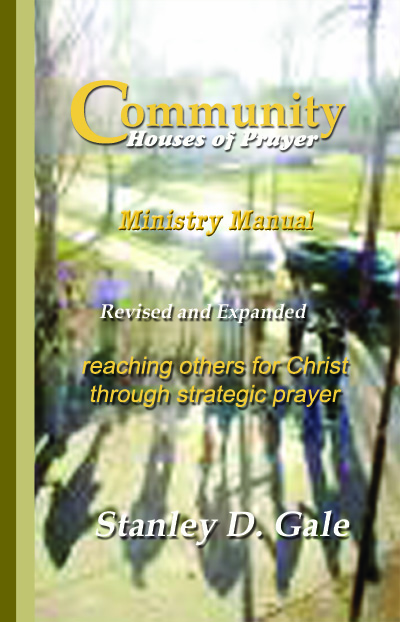-
God’s House of Prayer—XME (part 2 of 5)
God’s House of Prayer—Extreme Makeover Edition (part 2 of 5)
House of Prayer in the Old Testament
The first explicit mention of the phrase “house of prayer” in the Old Testament is found in Isaiah’s prophecy of salvation to the nations.
“These I will bring to my holy mountain, and make them joyful in my house of prayer; their burnt offerings and their sacrifices will be accepted on my altar; for my house shall be called a house of prayer for all peoples.” The Lord God, who gathers the outcasts of Israel, declares, “I will gather yet others to him besides those already gathered.” Isaiah 56:7–8 (ESV)
The “these” brought by God refers to Gentiles and to outcasts of Israel, as reflected in the remarkable expansive statement found earlier in the book.
In that day there will be a highway from Egypt to Assyria, and Assyria will come into Egypt, and Egypt into Assyria, and the Egyptians will worship with the Assyrians. In that day Israel will be the third with Egypt and Assyria, a blessing in the midst of the earth, whom the Lord of hosts has blessed, saying, “Blessed be Egypt my people, and Assyria the work of my hands, and Israel my inheritance.” Isaiah 19:23–25 (ESV)
This single people of God is consistent with the throng gathered around the throne in the book of Revelation, “a people from every nation tongue and tribe” worshiping the Lamb on the throne, alive now as One slain in substitution for them (Rev. 5; cf. Eph. 2:11-22). The assembly consists of true worshipers sought by the Father (John 4:23-26), believing Jews and believing Gentiles bought by the blood of the true Passover Lamb (cf. 1 Cor. 5:7), who have believed the gospel (Rom. 1:17-18).
At its essence “house of prayer” reflects God’s covenant promises and purposes, intended for the blessing of the nations (Gen. 12:1-3). It speaks of access to the true and living God in deliverance from the idolatry of the nations characteristic of this fallen world. House of prayer carries the sense of relationship with God (in divinely-initiated communion with Him as King) and service to God (in divinely-mandated commission for Him in His kingdom.)
Solomon in his dedicatory prayer for the temple points to the house that God had built and where He had caused His name to dwell. There is no other than that appointed by God (cf. Deut 12:1-7).
…that your eyes may be open night and day toward this house, the place of which you have said, ‘My name shall be there,’ that you may listen to the prayer that your servant offers toward this place. And listen to the plea of your servant and of your people Israel, when they pray toward this place. And listen in heaven your dwelling place, and when you hear, forgive. 1 Kings 8:29–30 (ESV)
So in its Old Testament framework the temple is identified as a house of prayer for both Israel and the nations (cf. 2 Chron. 6:21, 32-33), all those the Lord would draw to Himself. As such it relates to God’s covenant purpose of forming a people for His own possession, who would be identified with Him and who would serve Him in following His decrees and designs. It carries ideas of worship and witness in knowledge of the living and true God, in contradistinction from the nations still moribund in the bondage of sin. Access to God brings prominence, power and the fruits of redemptive relationship.
Prayer was associated with covenant promise and relationship, access to God and authenticity of worship, and the appointed priesthood. The temple was a place of prayer and a focus of prayer because the living and true God had caused His name to dwell there. God promised attentiveness to the prayer made in respect to the temple (cf. 2 Chron. 7:15).
In one sense, the temple served a mediatorial function as part of the old covenant sacrificial system and ceremonial law. It would be realized and consummated in the person and work of Jesus Christ as Immanuel, Mediator and Messiah, who tabernacled among us (John 1:14).
NEXT: Part 3 of 5, “House of Prayer in Jesus’ Day”





